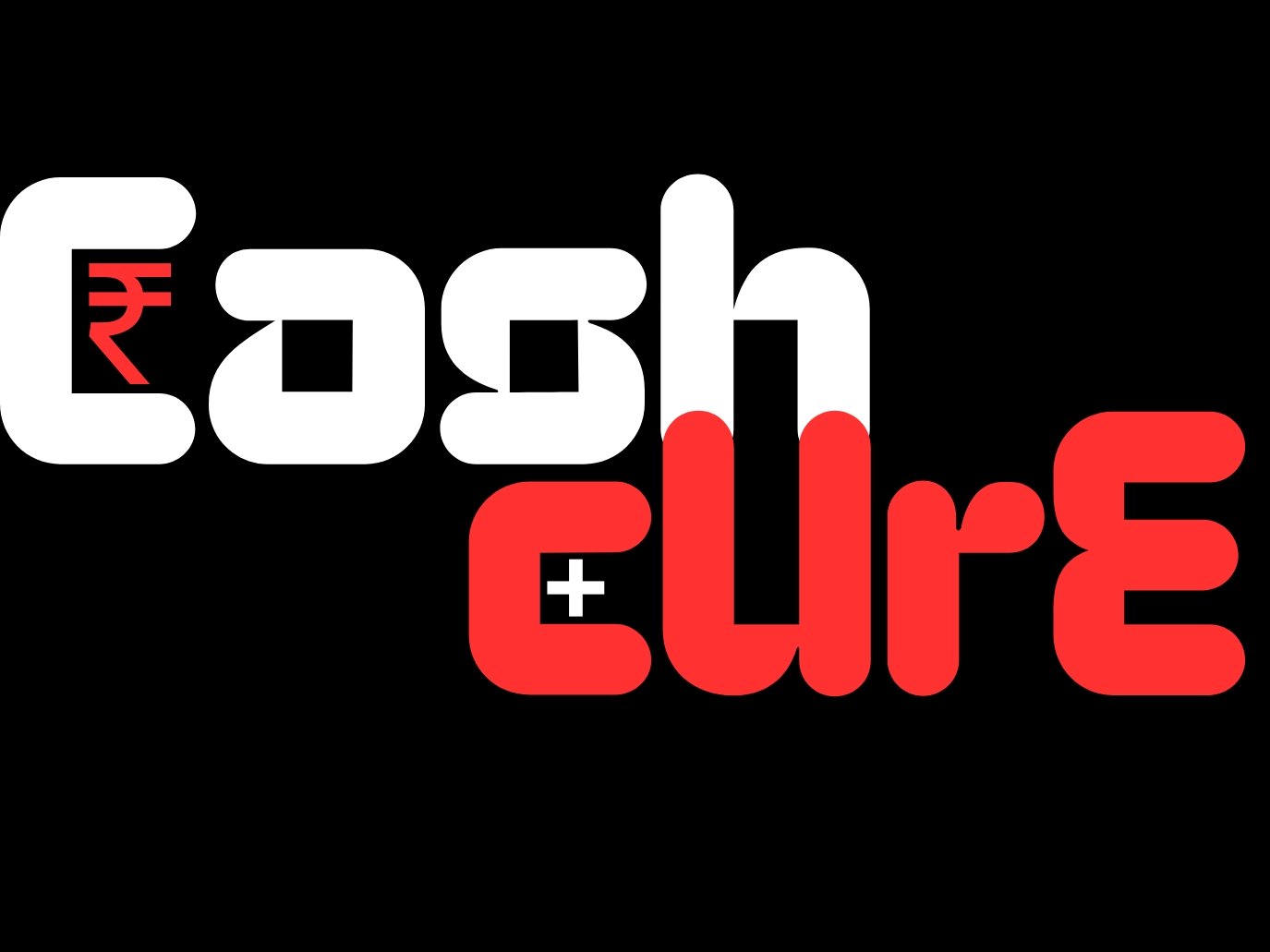The Goods and Services Tax (GST), introduced in India in 2017, marked a significant shift in the country’s indirect tax structure. It replaced numerous central and state-level taxes with a unified regime, simplifying compliance and revenue collection. While the primary aim was economic efficiency, the implementation of GST has had varied impacts across sectors, including education. This article delves into the effects of GST on the education sector, examining tax rates, exemptions, classification issues, and implications for affordability, accessibility, and quality.
GST on Education Services
Under the GST framework, education services are subject to varying rates based on the type of institution and the services offered. Notably:
- Exemptions: School education provided by non-profit entities such as government schools, municipal schools, and institutions run by charitable trusts is exempt from GST. For instance, government or local authority education activities and courses provided by the National Skill Development Corporation enjoy full tax exemptions.
- Taxable Services: Coaching and tuition services attract an 18% GST. Similarly, vocational education and professional courses provided by private institutions also fall under the 18% to 28% GST bracket, depending on the course type.
- Educational Materials: Goods such as books and notebooks are taxed at either 0% or 5%. However, printed question papers, answer sheets, and related materials attract an 18% GST. Ancillary services like transportation, catering, and security services provided to educational institutions are taxed at 5% or 18%, depending on the specifics.
The classification of educational services further divides institutions into categories such as pre-schools, higher education institutions, vocational training centers, and private coaching centers, each subjected to distinct GST rules.
Ambiguities and Challenges in GST Classification
Despite its intent to streamline taxation, GST has introduced ambiguities, particularly in classifying services and institutions. For example:
- Coaching Centers vs. Vocational Institutes: Both categories attract different GST rates, yet the distinction remains unclear, leading to compliance issues and legal disputes.
- Revenue Thresholds: Private institutions with annual tuition revenue below ₹1 crore are exempt, while those exceeding this threshold face an 18% GST. This creates inconsistencies and complicates tax compliance.
Such challenges have increased operational costs for educational institutions, indirectly affecting students.
Impact of GST on Education Sector
Quality of Education
The increased taxation on ancillary services has reduced profitability for educational institutions, particularly affordable private schools and vocational centers. This limits their ability to invest in quality improvements. However, the government can leverage increased tax revenues to fund public education programs, enhancing their quality.
Affordability
The imposition of GST on coaching centers, vocational courses, and educational materials has made these services more expensive, potentially undermining the affordability of education, especially for economically weaker sections. While primary and secondary education remains exempt, the rising costs in higher education and professional training are concerning.
Accessibility
The 18% GST levied on private higher education services and coaching centers has made professional courses less accessible to students from lower economic backgrounds. This could exacerbate existing social divides. On the other hand, if GST revenue is utilized effectively to improve public education and offer financial aid, it can enhance accessibility for disadvantaged groups.
Innovation in Education
While most private institutions continue to focus on pedagogical improvements, ambiguities in GST rules often compel them to alter fee structures to remain tax-exempt, diverting resources from innovation.
GST’s Role in Education Accessibility
GST’s impact on accessibility is multifaceted, influencing various determinants such as regional divides, gender gaps, and social marginalization:
- Regional Disparities: The burden of GST on private education aggravates disparities between urban and rural areas, as rural households struggle with increased costs while urban regions benefit from better-funded public systems.
- Gender Inequality: Higher education costs post-GST disproportionately affect girls, especially in conservative families that prioritize male education.
- Marginalized Communities: Scheduled Castes and Tribes, with already lower literacy rates, face additional barriers due to increased education costs under GST.
Aligning GST with Education Policies
To optimize GST’s impact, education policies must address current gaps:
- Support for Affordable Private Education: Policies should include targeted financial aid for budget private schools catering to low-income families.
- Incentives for Private Participation: Clear classification guidelines and incentives can encourage private sector involvement in digital education, vocational training, and extracurricular services.
- Scholarships and Subsidies: Expanding scholarships for marginalized groups can offset the GST burden on higher education and skill development programs.
- Reinvestment of Education Cess: The government should ensure that incremental tax revenues from the education sector are reinvested into improving public education and infrastructure.
Conclusion
GST has brought both opportunities and challenges for India’s education sector. While it simplifies taxation and generates significant revenue, its implementation has raised costs for private education, affecting accessibility and affordability. Effective utilization of GST revenue, coupled with supportive education policies, can mitigate these issues. Prioritizing public investment, targeted financial aid, and clear regulatory guidelines will be crucial to ensuring equitable access to quality education for all.


Leave a Reply
You must be logged in to post a comment.